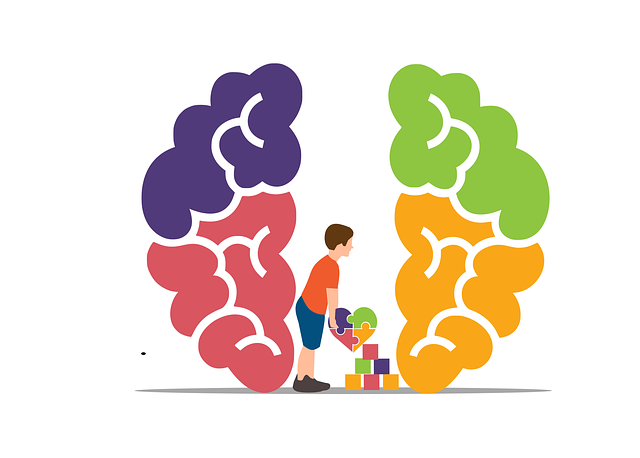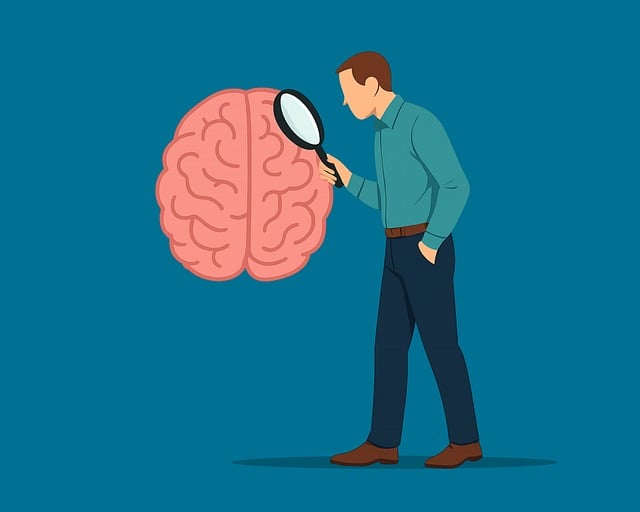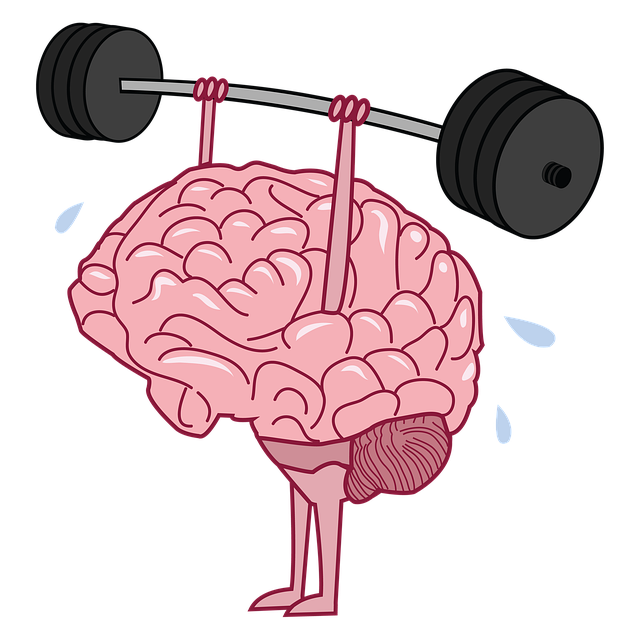Mental illness media representation profoundly affects public understanding and perceptions, with accurate portrayals of conditions like Englewood Adjustment Disorder (EAD) in therapy settings crucial for challenging stereotypes, reducing stigma, and fostering compassion. Misrepresentations contribute to societal misunderstanding, discouraging struggling individuals from seeking help. Accurate media depictions, featuring diverse narratives and authentic experiences, can educate audiences about effective trauma support services and emotional intelligence strategies. This promotes early intervention, improves healthcare provider burnout prevention, and fosters non-judgmental environments, ultimately enhancing mental well-being and stress management in communities.
In today’s media landscape, accurate representation of mental illness is crucial. This article delves into the challenges posed by stereotypes and misinformation, examining their profound impact on societal understanding. We focus specifically on Englewood Adjustment Disorder, exploring its complexities and advocating for more nuanced portrayals. Effective strategies for enhancing accuracy are presented, emphasizing the importance of therapy and robust support systems. By fostering informed conversations, we can revolutionize media’s role in mental health discourse, ultimately promoting better care and empathy.
- Understanding Mental Illness Representation in Media
- The Impact of Stereotypes and Misinformation
- Englewood Adjustment Disorder: A Focus on a Specific Condition
- Effective Strategies for More Accurate Portrayals
- The Role of Therapy and Support Systems
Understanding Mental Illness Representation in Media

Mental illness representation in media plays a pivotal role in shaping public understanding and perceptions. It’s crucial to recognize that media platforms, from television shows to films and news articles, often reflect societal attitudes and beliefs about mental health. Accurate and empathetic portrayal of disorders like Englewood Adjustment Disorder (EAD) in therapy settings can challenge stereotypes, reduce stigma, and foster a more compassionate society.
Understanding the nuances of mental illness involves delving into the complex interplay between symptoms, causes, and effects. For instance, EAD, characterized by significant emotional regulation difficulties, often stems from traumatic experiences. Adequate media representation would include showcasing effective trauma support services and highlighting the role of emotional intelligence in managing and overcoming such challenges. This not only educates viewers but also encourages those struggling with similar issues to seek appropriate help.
The Impact of Stereotypes and Misinformation

The media’s portrayal of mental illness often reinforces harmful stereotypes and spreads misinformation, which can significantly impact how society understands and treats individuals with psychological disorders. Common misconceptions, such as depicting characters with anxiety or depression as weak or overly dramatic, contribute to the stigmatization of these conditions. This representation fails to capture the complexity and diversity of mental health issues, leading to a lack of empathy from viewers. As a result, people struggling with their mental health may feel misunderstood and isolated, hindering their willingness to seek help, including engaging in Englewood Adjustment Disorder Therapy.
Accurately addressing mental illness in media is crucial for promoting better emotional well-being and stress management among audiences. Instead of relying on stereotypes, stories should showcase the human experience behind disorders, highlighting resilience and recovery. This shift can encourage open conversations about mental health, fostering environments where individuals feel comfortable discussing their challenges without fear of judgment. Burnout prevention strategies for healthcare providers and emotional well-being promotion techniques can be significantly enhanced by this change in media representation, ultimately leading to more effective stress management workshops organized within communities.
Englewood Adjustment Disorder: A Focus on a Specific Condition

Englewood Adjustment Disorder (EAD) is a mental health condition that deserves more attention in media representation and discussion, especially when exploring challenges and solutions related to mental illness. EAD often goes unnoticed or misrepresented, leading to a lack of understanding among the general public. This disorder manifests as a severe reaction to stressful events, affecting individuals’ ability to cope and adjust. It is characterized by persistent feelings of sadness, hopelessness, and anxiety, often accompanied by physical symptoms like fatigue and insomnia.
The media’s role in portraying mental health accurately is vital. By focusing on specific conditions like EAD, we can facilitate better comprehension and empathy. Engaging in open conversations about this disorder can encourage individuals to seek therapy for early intervention and effective treatment, such as cognitive-behavioral therapy or medication management. Additionally, implementing Burnout Prevention Strategies for Healthcare Providers and enhancing their cultural competency training can ensure more accurate representation of mental health issues, fostering a supportive environment for all patients, especially those with EAD, during their emotional healing processes.
Effective Strategies for More Accurate Portrayals

To foster more accurate representations of mental illness in media, several effective strategies can be employed. Firstly, incorporating diverse narratives and characters with authentic experiences can help break stereotypes often associated with various disorders. This includes highlighting individuals from different backgrounds, ethnicities, and genders who struggle with mental health issues, ensuring a more nuanced portrayal. Additionally, collaborating with mental health professionals and advocates during the creative process is invaluable. Their expertise can guide writers and producers in accurately depicting symptoms, treatments, and recovery journeys, such as those seeking Englewood Adjustment Disorder Therapy.
Compassion cultivation practices within media production teams can also significantly impact positive change. Encouraging empathy and understanding among cast and crew members fosters a supportive environment, leading to more delicate and respectful depictions of mental illness. Moreover, incorporating practical solutions like stress management techniques and depression prevention strategies into storylines can subtly educate audiences while promoting healthy coping mechanisms.
The Role of Therapy and Support Systems

Representing mental illness accurately in media is a powerful tool for raising awareness and challenging stigmatization. When media portrays individuals with mental health struggles, it provides an opportunity to showcase the complexities and nuances of different conditions. For instance, Englewood Adjustment Disorder can be a subject of empathetic storytelling, allowing viewers to understand the challenges faced by those affected. This representation encourages a more compassionate and informed society.
Therapy and robust support systems play a pivotal role in the emotional healing processes depicted in such narratives. By showcasing effective treatment methods, media can contribute to destigmatizing mental health care. Incorporating mind over matter principles and emphasizing the resilience of the human spirit can inspire viewers and offer hope for those dealing with similar issues. Moreover, highlighting the importance of burnout prevention strategies for healthcare providers ensures a balanced view, recognizing both the challenges faced by caregivers and the long-term benefits of dedicated support systems.
Mental illness representation in media has come a long way, but there’s still work to be done. By challenging stereotypes and misinformation, we can foster a more nuanced understanding of conditions like Englewood Adjustment Disorder. Through effective strategies that include accurate portrayals and the integration of therapy and support systems, media can play a powerful role in destigmatization and promoting mental health awareness. Let’s continue to navigate this complex landscape together, striving for representations that reflect the reality and resilience of individuals living with mental illness.













